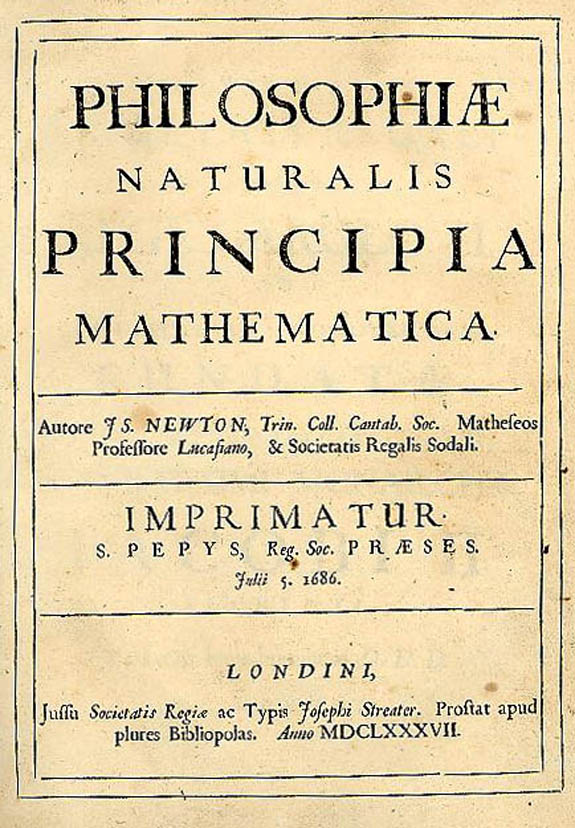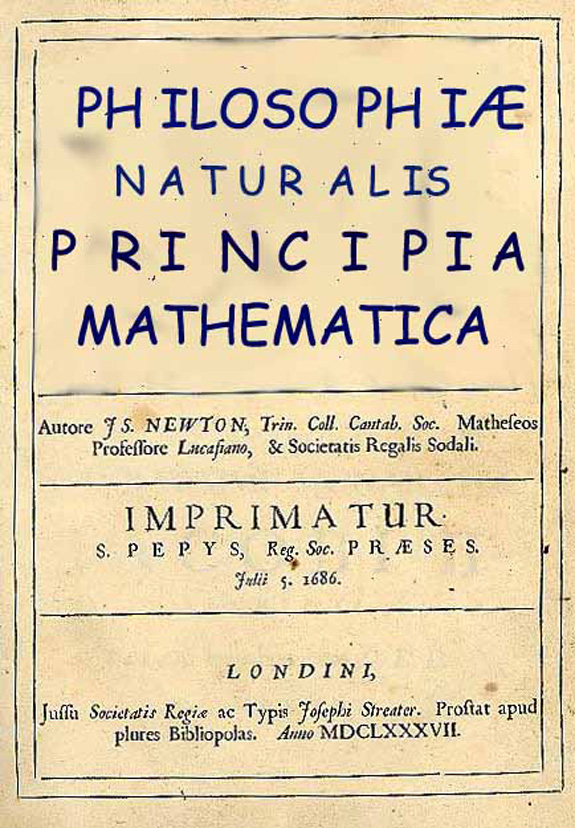What if Newton’s Principia Mathematica, Published Today, Had Been in Comic Sans?
The rage over CERN’s font choice drives the question: How would the world have reacted to Newton’s world-changing tome had Comic Sans existed at the time?
Sir Isaac Newton, unquestionably one of the greatest scientists of all time, published his defining book, Philosophiæ Naturalis Principia Mathematica, 325 years ago today. The text lays down Newton’s three laws of motion; the underpinnings of classical mechanics.
Newton’s book’s birthday follows just one day on the heels of another important day in physics: the announced discovery of what is likely the Higgs boson. That massively significant announcement, however, was marred in controversy. According to the Guardian,
“I opened Twitter this morning to find two things trending: “Comic Sans”, and “Higgs boson” – the former a much-hated font, and the latter something to do with science. As unlikely as it sounds, the two things were linked. Scientists had written up their complex findings in the childish font everyone loves to hate.”
The seething rage over CERN’s font choice drives the question: How would the world have reacted to Newton’s world-changing tome had Comic Sans existed at the time?
It’s certainly an idea worth thinking about. According to a History of Typography for graphic designers and graphic artists, the font revolution was already well under way by Newton’s time.
In the 1400′s Guttenberg invented a system of moveable type that revolutionized the world and allowed for dramatic mass printing of materials.
In 1500, a printer by the name of Aldus Manutius for the first time invented the concept of pocket or portable books. He also developed the first italic typeface, one of the first typeface variations.
And,
In 1557, Robert Granjoninvented the first cursive typeface, which was built to simulate handwriting.
More from Smithsonian.com:
Postmodernism’s New Typography
Physicists Pin Down New Particle, Won’t Quite Call It the Higgs
/https://tf-cmsv2-smithsonianmag-media.s3.amazonaws.com/accounts/headshot/smartnews-colin-schultz-240.jpg)


/https://tf-cmsv2-smithsonianmag-media.s3.amazonaws.com/accounts/headshot/smartnews-colin-schultz-240.jpg)